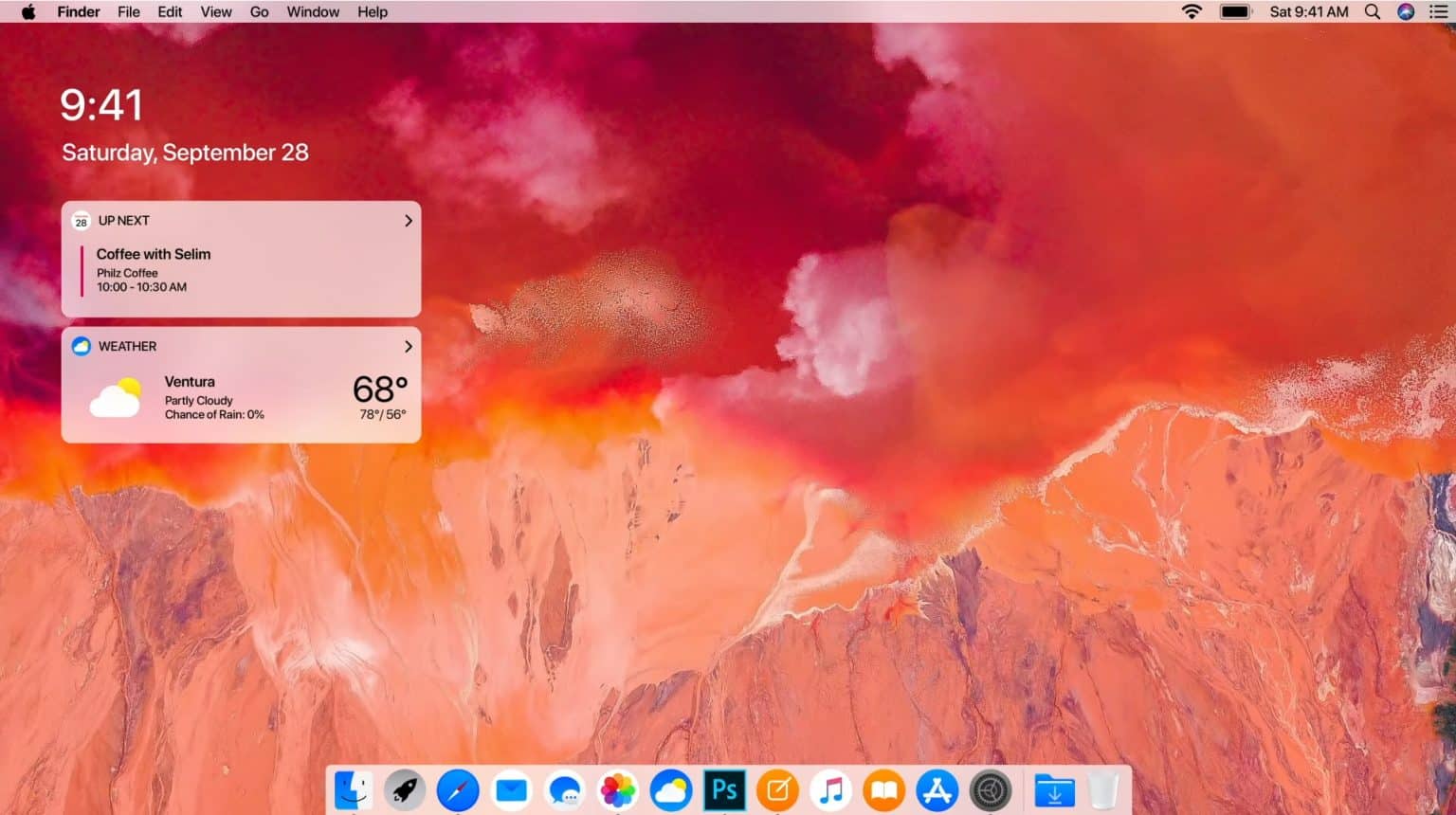

Firefox for everything else (and this is the default browser application in my operating system)ĮWW works pretty good for a lot of sites, especially if they consist of text and don’t need JavaScript.Chrome for work-related sites and their web applications.EWW for anything I can, as I can stay in Emacs where I probably am, and it is easier to read, scroll, copy, etc.With that statement, let me talk about web browsing, which is traditionally mouse-oriented. Please follow the instructions from the video to use your keyboard as a mouse, Will be really helpful if in an Emergency you lost your Mouse.If you like this. Clarification… I don’t hate the mouse, as much as changing between the mouse and the keyboard, so if I can do everything without a mouse, my efficiency improves. Sure apply caveats to that statement, but the mouse-less focus of Emacs is efficient. I spend most of my computer life in Emacs, as many tasks work better. The arguments of those actions have to be separated with. However, this sacrifices the tab key which might not be desirable.įor these cases there are some "meta actions" which allow to put multiple actions on a single key and which are inspiredīy KMonad. Mouse layer are available while tab is held down. toggle the mouse layer with tab: toggle-layer mouse, so that all bindings from the Presses a mouse button (left, right or middle)Įxecutes the given command (the example sends a desktop notification) Multiplies the pointer and scroll speeds with the given value Moves the pointer into the given direction Switches to the layer with the given name while the mapped key is pressed Switches to the layer with the given name Jumps to the arrows layer when rightalt is pressed and jumps back on release. One can also map a key to multiple ones like a: leftshift+k1 which results in !, at least for an English or GermanĪside from remapping keys, there are a bunch of other actions available, e.g. with a German layout where the yĪnd z keys are swapped in comparison to the English layout, but the name of the z key is y and vice versa. The name of a key does not necessarily match what is printed on your keyboard, e.g. Alternatively you can also use the keycode in the parentheses, which is 100 in this case. debug flag, press the key and look for an output like Pressed: rightalt (100), which tells you that the name of the If you do not know the name of a key, you can start mouseless with the One can define an arbitrary number of layers, each with an arbitrary number of bindings, e.g. Features include keyboard equivalents for all actions (mouseless operation), support for display system settings for size, font, and color for user. name: arrows passThrough: true bindings:Į: up s: left d: down f: right q: esc w: backspace r: delete v: enter # quit mouse layer q: layer initial # keep the mouse layer active space: layer mouse r: reload-config l: move 1 0 j: move -1 0 k: move 0 1 i: move 0 -1 p: scroll up n: scroll down leftalt: speed 4.0 e: speed 0.3 capslock: speed 0.1 f: button left d: button middle s: button right # move to the top left corner k0: "exec xdotool mousemove 0 0 " # another layer for arrows and some other keys name: mouse # when true, keys that are not mapped keep their original meaning passThrough: true bindings: # when tab is held and another key pressed, activate mouse layer tab: tap-hold-next tab toggle-layer mouse 500 # when a is held for 300ms, activate mouse layer a: tap-hold a toggle-layer mouse 300 # right alt key toggles arrows layer rightalt: toggle-layer arrows # switch escape with capslock esc: capslock capslock: esc # a layer for mouse movement "/dev/input/by-id/SOME_KEYBOARD_REPLACE_ME-event-kbd " # this is executed when mouseless starts # startCommand: "" # the default speed for mouse movement baseMouseSpeed: 750.0 # the default speed for scrolling baseScrollSpeed: 20.0 layers:


 0 kommentar(er)
0 kommentar(er)
